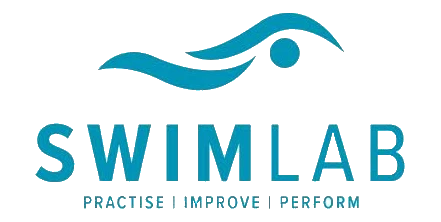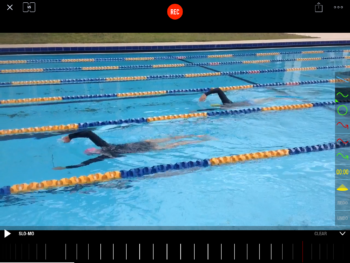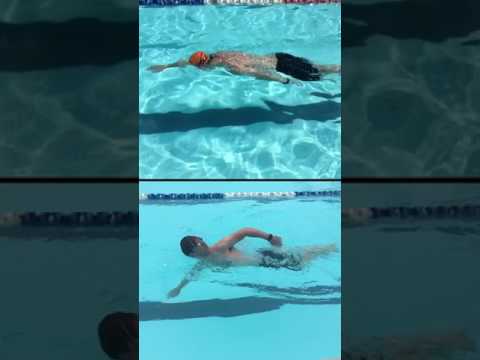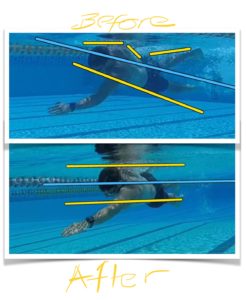Posts Tagged ‘swim skills’
Practice leads to Improvement!
Practice leads to improvement if the practice environment is conducive learning and embedding new muscle memory. The video clip below shows one of our Total Immersion Ultra Efficient Freestyle groups practicing their skills that were set for homework! Over this 3 week TI Level 1.0 program, swimmers are given a progressive sequence of skills and drills,…
Read MoreSwimming Control and Stability
Swimming with control, stability and balance, are key for an adult onset swimmer to capture as early as possible in a lesson sequence; they obviously serve as the foundation on which to build a solid and efficient stroke. Without movement control and, understanding how to stabilise the body in a very unstable medium (water), a…
Read MoreInternal and external feedback cues for swimming progress
How do I know my swimming is improving? Whilst coaching swimmers, I am often asked the question – how do I know I am improving when practicing? As Total Immersion coaches, we encourage our swimmers to become aware of internal and external cues, for feedback. Initially, we encourage swimmers to tap into ‘internal’ cues for feedback,…
Read MoreWhat a drag! Understanding one of the biggest hurdles in your swimming
Do you want to swim more efficiently, faster or further, but find your stroke too exhausting, unsustainable or deteriorates over time? Probably the biggest issue for adult learner, improver and even advanced swimmers, in some cases, is the ‘drag’ effect, created by sinking hips and legs. Reduce your ‘drag’ and you will: improve…
Read More


